Nubia Z60 Ultra review: Unrefined power
Nubia Z60 Ultra: Two-minute review
The Nubia brand might not be overly familiar here in the West, but this ZTE offshoot has quietly been carving out a niche in recent years with its surprisingly affordable Red Magic gaming phones.
However, the Nubia Z60 Ultra represents something slightly different. It takes many of the Red Magic 9 Pro’s hardware features and seeks to apply them to a more mainstream flagship phone. The result is a super-sized handset with impressive performance, a huge battery, and a surprisingly fully featured camera system, for less than $600/£700. That said, the mainstream smartphone space is a much more hotly contested market, with customers who have come to expect finesse and balance from the best phones out there.
There’s no getting away from the fact that the Nubia Z60 Ultra’s brash looks will put many off. Not to mention, it’s big and unusually heavy, while its industrial design language feels somewhat clumsy.
The phone’s large 6.8-inch AMOLED is of decent quality, and there’s some appeal to the combination of minimal bezels and no notch. Nubia has achieved this by cramming the phone’s front camera behind its display, which unfortunately means that selfie quality is awful. Again, this is something that’s less forgivable in a ‘regular’ smartphone.
Thankfully, the rest of the cameras are pretty decent for the money. The main Sony IMX800 sensor picks out bright, detailed shots in a variety of conditions, while the 64MP 3.3x periscope camera is a rare provision in the sub-$600/£700 market.
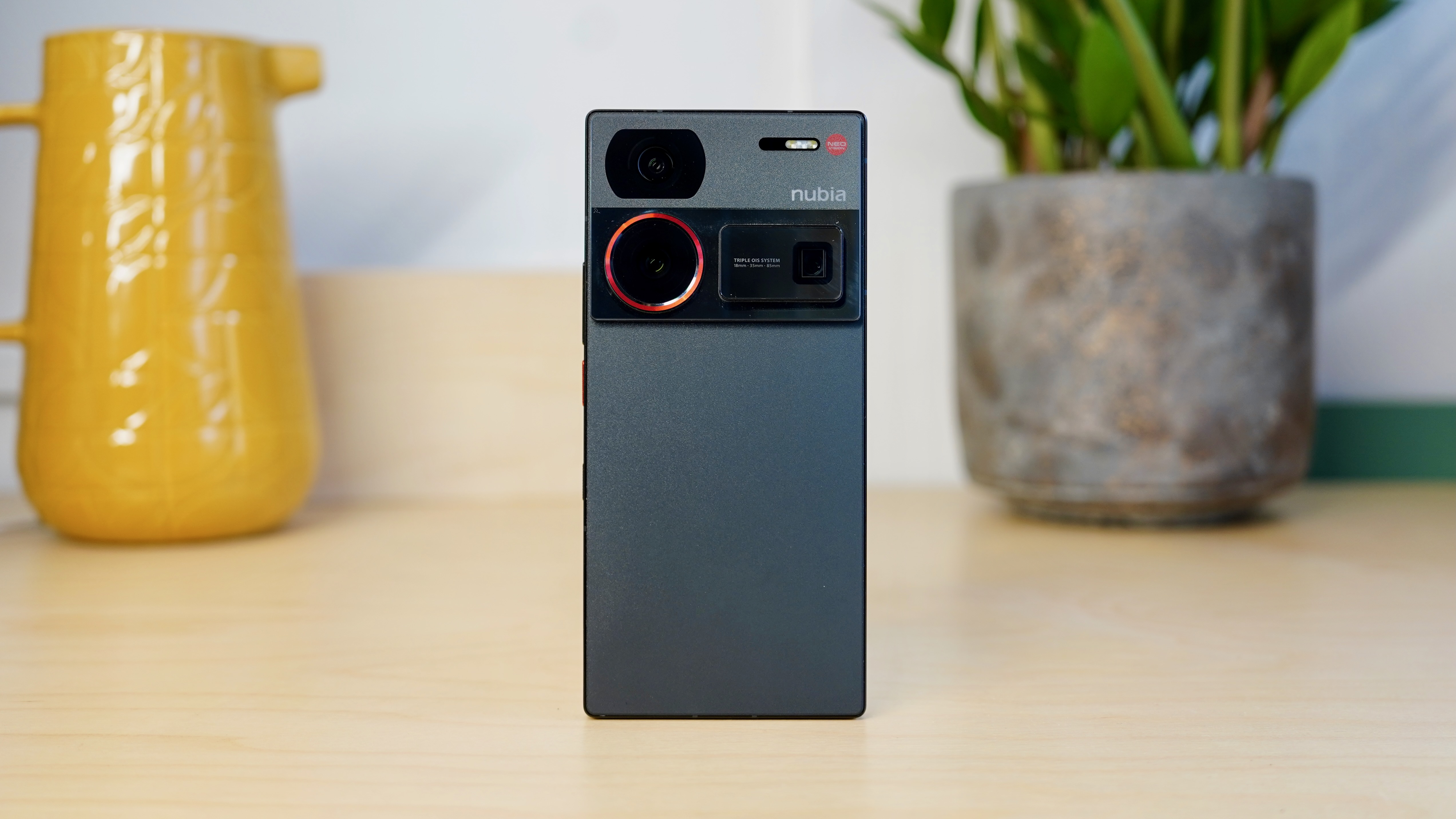
General performance is unimpeachable, with a Snapdragon 8 Gen 3 tackling intensive tasks such as games with consummate ease. A strong cooling provision means that the Z60 Ultra can sustain its performance over extended periods, too.
Perhaps the Nubia Z60 Ultra’s defining feature is its huge 6,000mAh battery. True, it’s what gives the phone its unusual weight, but it also ensures full two-day usage potential. While 80W charging is pretty decent, however, it’s a shame that there’s no wireless charging.
Another slight drawback is Nubia’s take in an Android user experience: myOS. It’s functional and slightly less cluttered than its Red Magic cousin, but it lacks the finesse of rival UIs, and is only set to receive three years of updates, where Apple and Samsung offer double or more.
All in all, the Nubia Z60 Ultra feels slightly less than the sum of its parts. It offers a very strong package on paper, with a number of ultra-flagship specs for around half the price. However, it doesn’t quite feel like an entirely cohesive or complete product.
Qualities that made for an excellent value smartphone in the Red Magic 9 Pro don’t quite translate to a convincing ‘normal’ phone. With a little more refinement, however, Nubia could be onto something with the Z60 Ultra’s successors.
Nubia Z60 Ultra review: Price and availability
- From $599 / £679 / €679 (no official AU$ price, Australian buyers will have to buy through Nubia's global online store in US$)
- Shipping from December 29, 2023
- Three models available globally
The Nubia Z60 Ultra began shipping on December 29, 2023. Prices officially start from $599 / £679 / €679 for the 8GB RAM / 256GB storage model, while the 12GB RAM / 256GB model costs $649 / £749 / €749, and the 16GB RAM / 512GB range-topper costs $779 / £899 / €899 (that's a range of approximately AU$910 to AU$1,180, when converting from USD directly).
In some markets, including the UK, only the top two models are available to purchase from the Nubia website at the time of writing. However, US buyers can snap up that baseline 8GB RAM variant right now too, for less.
It’s difficult to find a comparable phone in terms of supersized flagship(ish) specs at around the same price. The OnePlus 12R is perhaps its closest contemporary, sporting a broadly similar display, albeit packing 2023 chip technology and omitting the telephoto camera.
Google’s Pixel 8 starts from $699 / £699 / AU$1,199, and doesn’t give you the same supersized display or telephoto camera, nor does it give you the same level of performance. It does have wireless charging, though.
- Value score: 4 / 5
Nubia Z60 Ultra review: Specs
Nubia Z60 Ultra review: Design
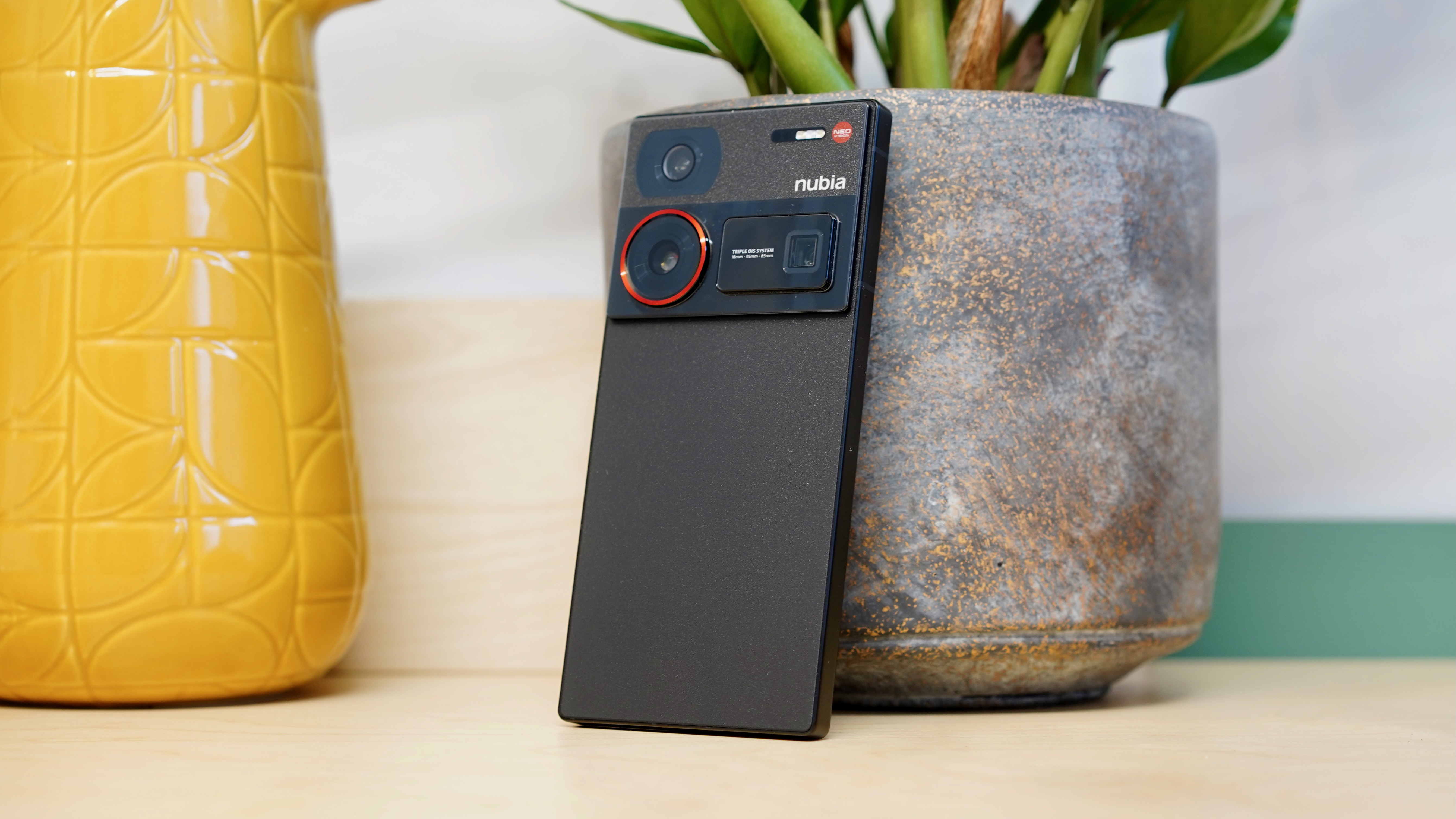
- Flat-edged and very heavy
- Slightly convoluted pro-camera aesthetic
- Mappable shortcut slider
- IP68 rated against dust and water
You have to hand it to Nubia – it’s certainly gone big and bold with the Z60 Ultra’s design. This is a chunky beast of a phone, with an aesthetic approach you could possibly call ‘industrial’, if you were being polite.
It’s incredibly heavy, even relative to other larger flagships. At 246g, it’s closer to the Galaxy Z Fold 5 (253g) than the Galaxy S24 Ultra (232g).
The phone’s 8.8mm thick, blocky, flat-edged approach clearly shares some DNA with Nubia’s Red Magic gaming phone sub brand. That’s fine in a phone that by its nature prioritizes cooling and a comfortable handheld gaming experience, but it feels less defensible here.
Even the physical sliding switch from the Red Magic 9 Pro makes the transition, here repurposed as a mappable context-sensitive shortcut button. It’s a nice thing to have to hand, but I’m not keen on the binary nature of the switch, which simply changes to the opposite state when flipped. Similar switches from Apple and OnePlus will attribute a sound profile function to a specific position.
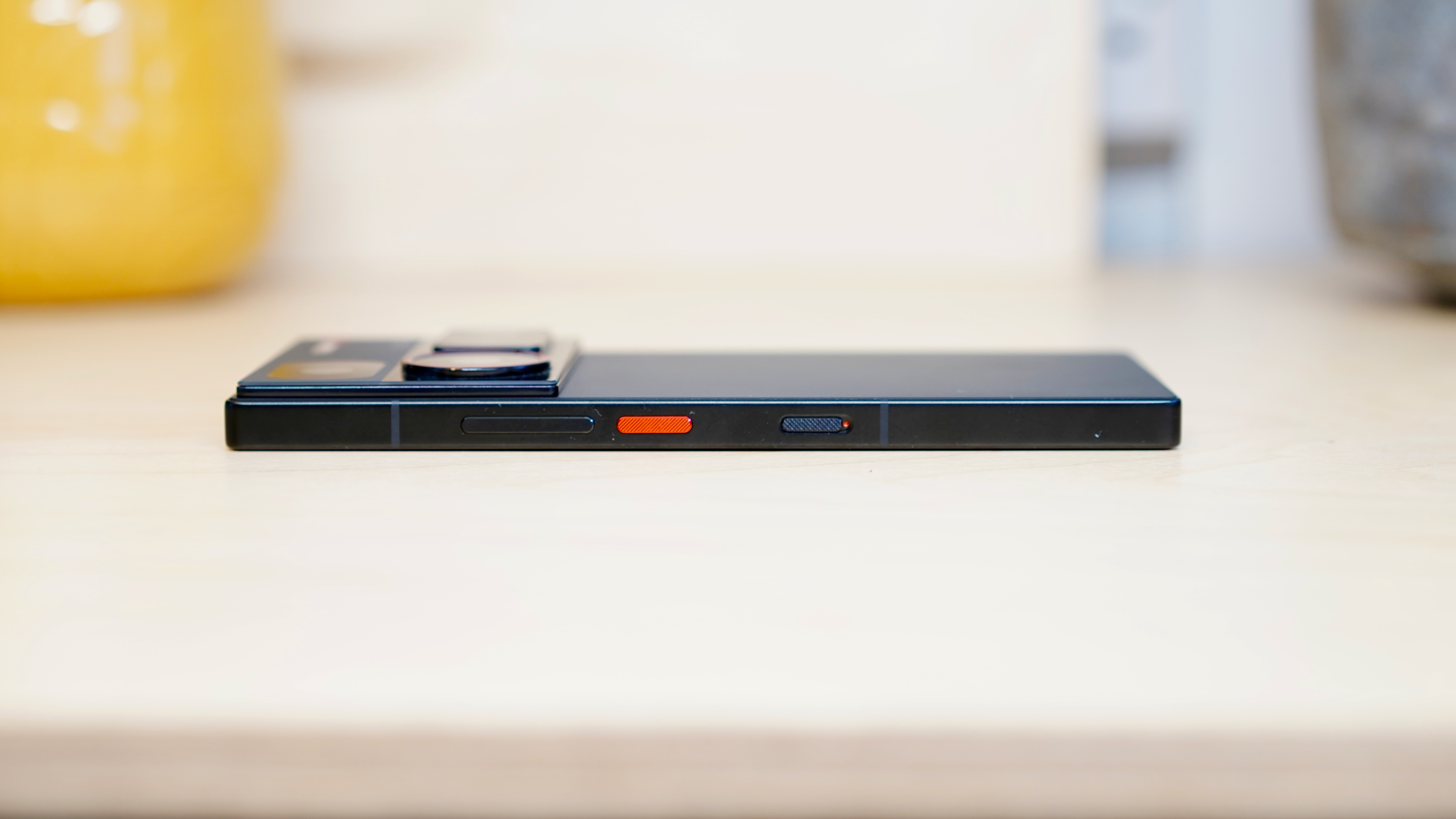
Weight aside, I suspect that the back of the phone will prove the most divisive element here. Beauty may be in the eye of the beholder, but to my eyes the Z60 Ultra’s camera module is flat-out ugly.
The whole triple array sits on a square slab that’s slightly raised above the body of the phone. Only the ultra-wide camera lays flush with this element, however, with the circular wide camera gaining further height and a red surround. The periscope camera gets its own rectangular slab of a module. It’s all a bit of a mish mash.
With the camera module’s ‘Neo Vision’ red dot branding and choice of black or silver finishes, it’s almost as if Nubia is attempting to emulate Leica’s pro camera look. It doesn’t quite work.
The front of the Z60 Ultra is much more subtle. Nubia has gone with a similar all-screen approach to the Red Magic 9 Pro, with minimal bezels and a fractionally thicker chin.
Despite shooting for such a competitive price point, it’s good to see that Nubia has included IP68-certified dust and water ingress protection. It’s far from a given, even at this price.
- Design score: 3 / 5
Nubia Z60 Ultra review: Display
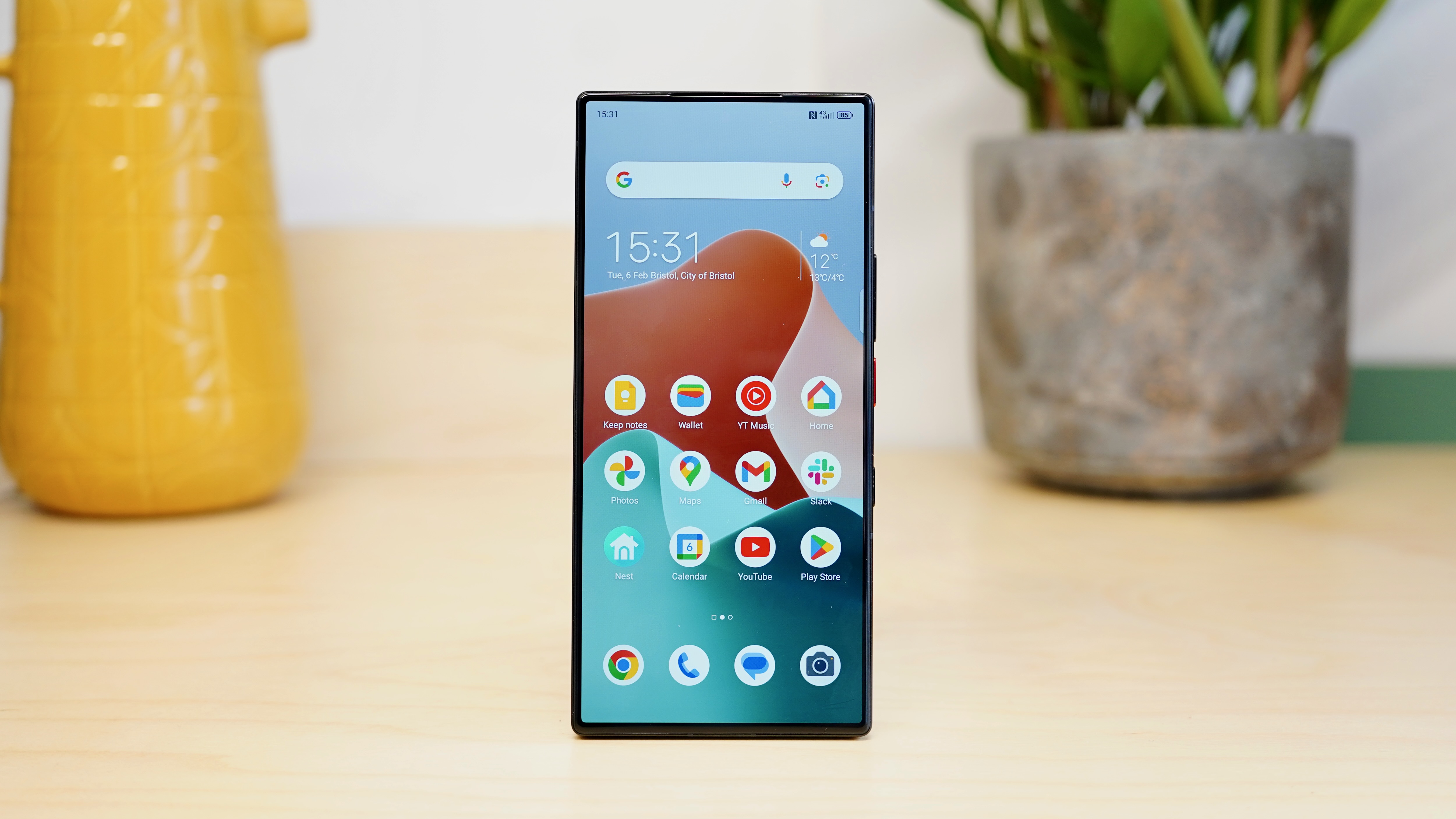
- 6.8-inch AMOLED
- 2480 x 1116 resolution, 120Hz refresh rate
- Under-display selfie camera
Nubia appears to have brought its 6.8-inch AMOLED display across from the Red Magic 9 Pro too. It’s another 2480 x 1116 resolution, 120Hz panel, with a stated peak brightness of 1,500nits.
That’s well short of some of the 2024 flagship crowd (the Galaxy S24 range hits 2,600nits, for example), but it still gets plenty bright enough in daily use. PWM Dimming at 2160Hz, meanwhile, is hard to measure but is designed to be easier on your eyes.
You’ll notice the same lack of a front camera notch as on the brand's Red Magic phones. Nubia is one of the few that likes to go with an under-display solution, which results in gloriously unobstructed landscape video and gaming content at the expense of even halfway decent selfies (more on which later).
Like the aforementioned Red Magic 9 Pro, Nubia has used BOE’s Q9+ luminescent material for a punchier color output. Sure enough, the color output is nice and natural, at least on the Normal setting. Nubia supplies reasonably flexible system for tweaking the tone to your liking, too.
- Display score: 4 / 5
Nubia Z60 Ultra review: Camera
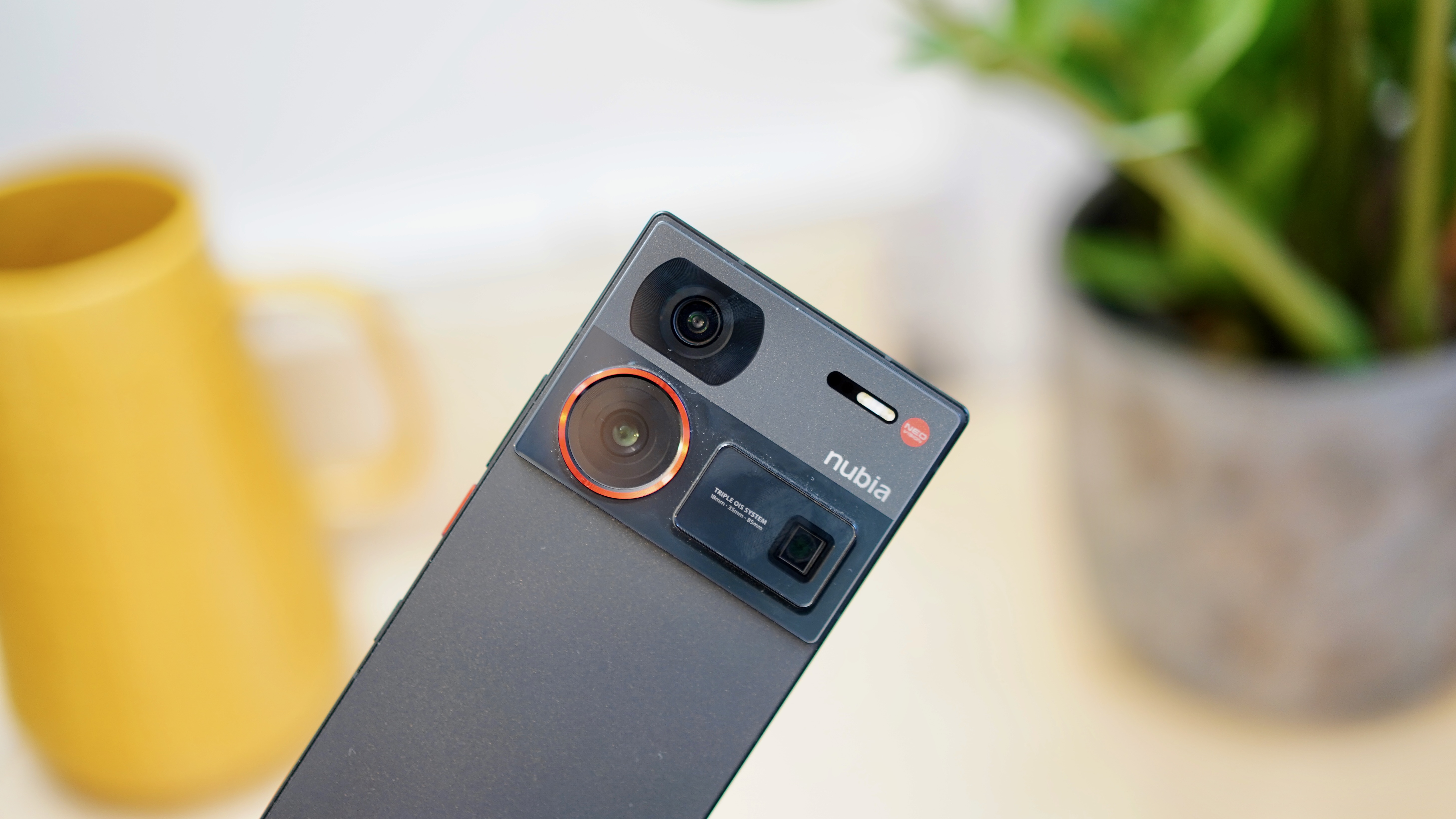
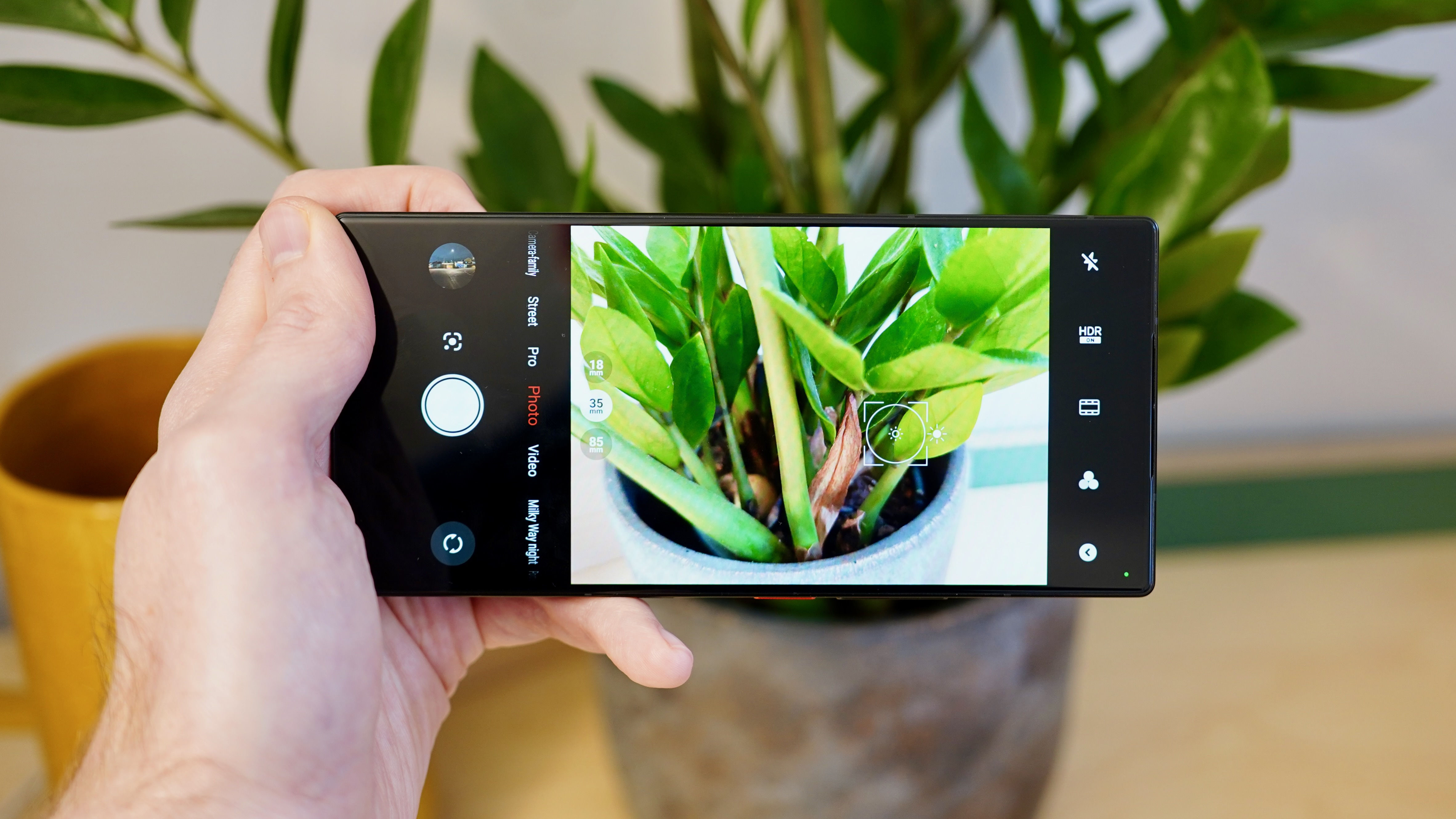
- 50MP ‘35mm’ main with OIS (optical image stabilization)
- 64MP ‘85mm’ periscope telephoto
- 50MP ‘18mm’ ultra-wide
- Awful 12MP under-display selfie camera
One of the most impressive things about the Nubia Z60 Ultra – given its aggressive pricing – is the provision of a comprehensive triple camera system. Nubia uses the 35mm, 85mm, and 18mm focal length names for these, which is classic photography terminology, and there’s OIS backup for each.
This system is led by a 50MP Sony IMX800 main sensor, which is the same 1/1.49-inch component that you’ll find in the likes of the Xiaomi 13, Honor 70, and the Honor Magic Vs. It’s not a cutting edge component, but it lends a certain flagship flavour to many of its images.
Day time shots pack a suitable amount of detail and dynamic range, with vibrant (but not too unnatural) colors. Snaps taken in lesser indoors lighting remain nice and sharp, with solid subject lock-on via laser autofocus and OIS assistance, and natural bokeh thanks to a wide open f/1.6 aperture.
Night shots can be reasonably crisp, too, when they come out properly. I found that a couple of shots failed to lock on or steady the image sufficiently, producing blurry, unfocused results. When they work, however, they look decent, with less of that over-brightening effect that can lend a somewhat uncanny impression in such lower-tier cameras.
Nubia Z60 Ultra camera samples
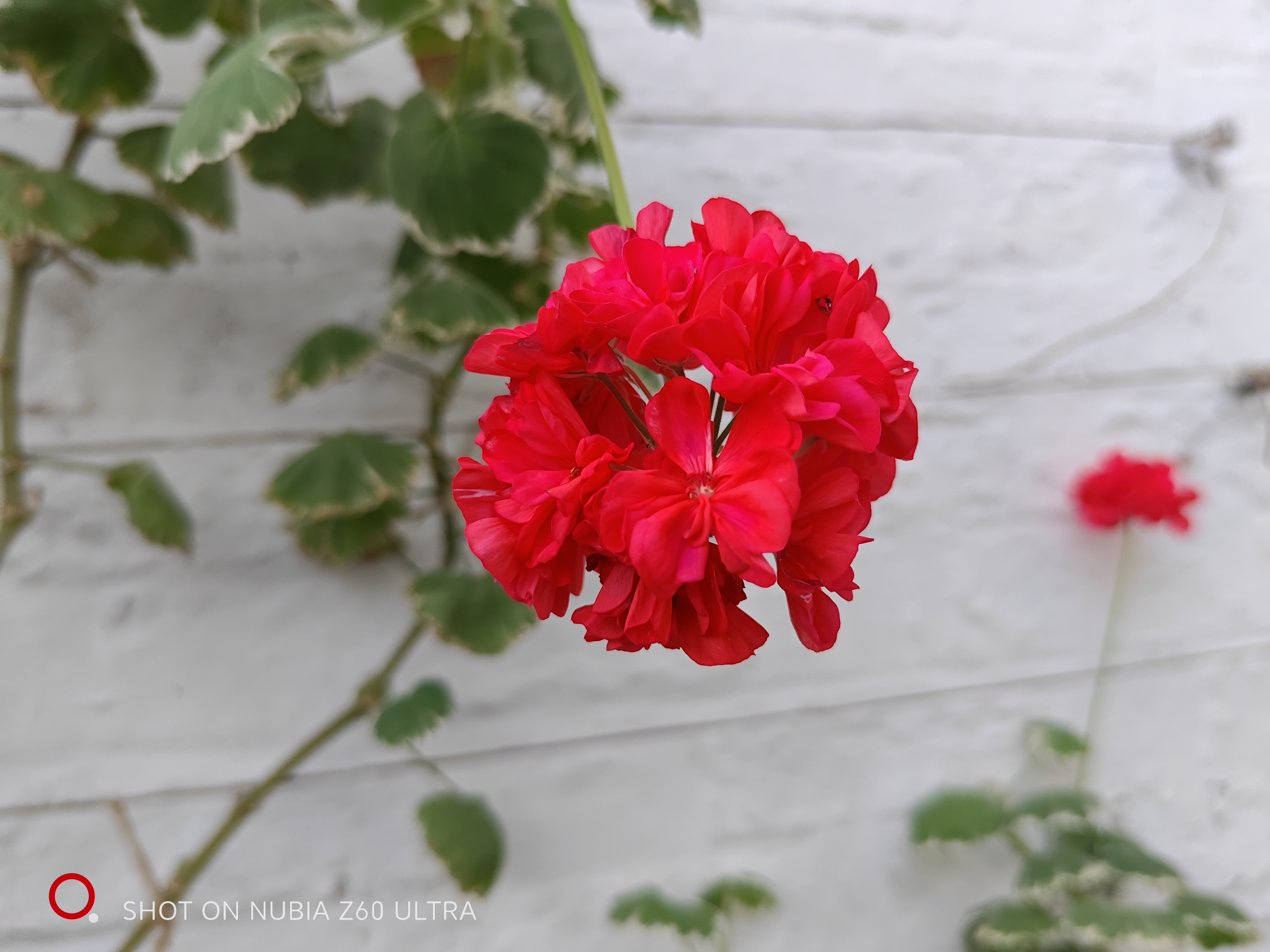
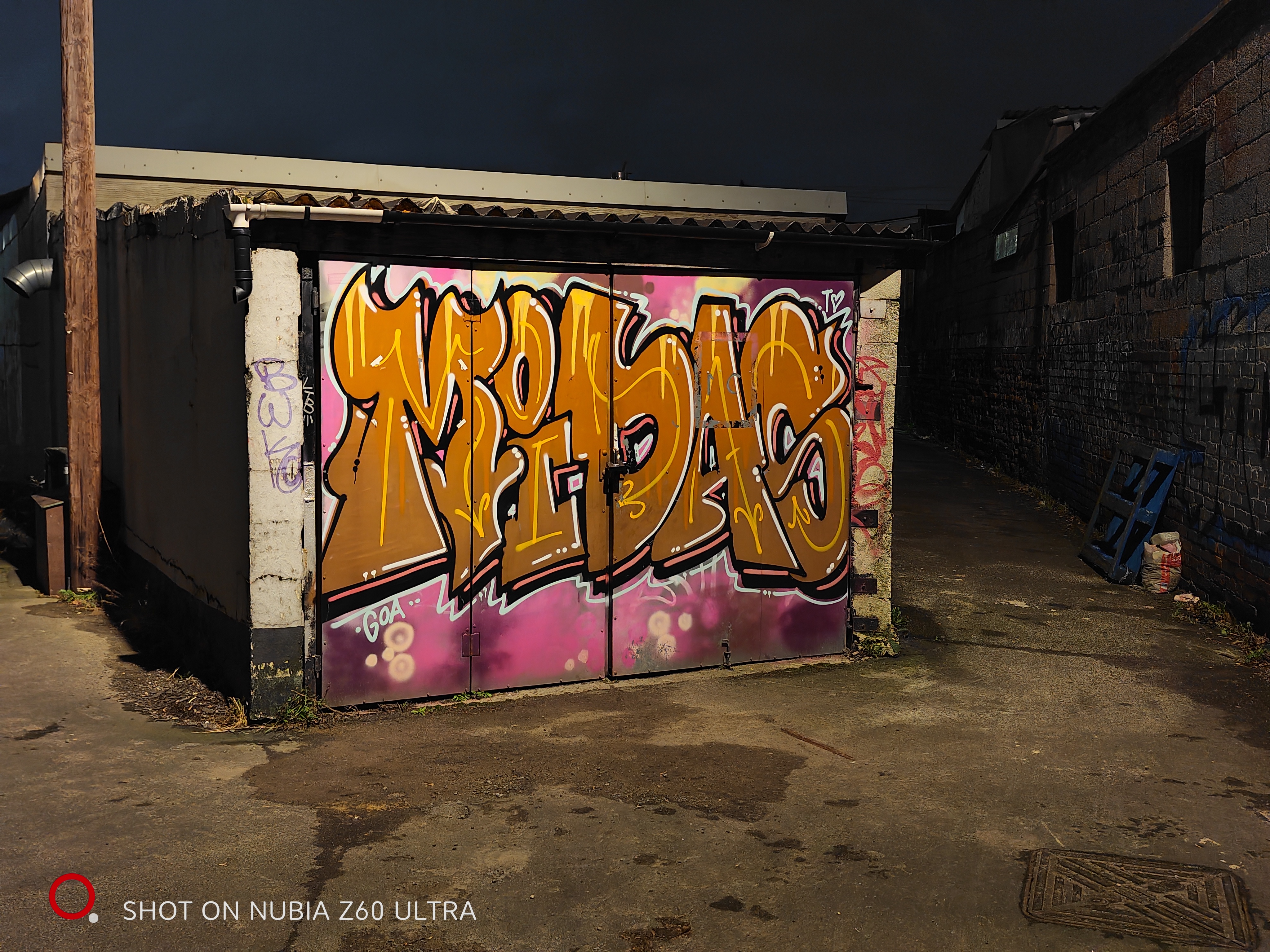



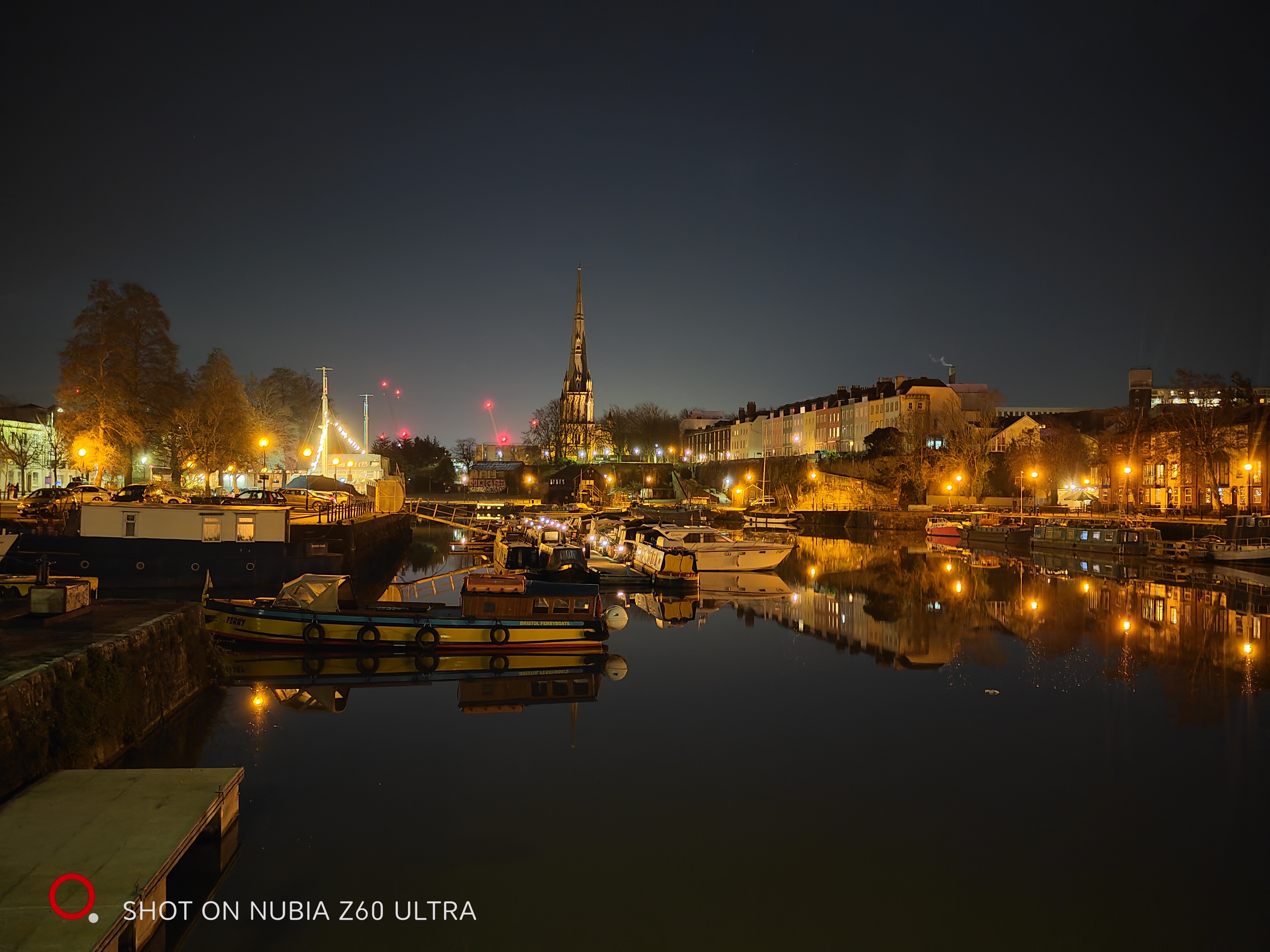
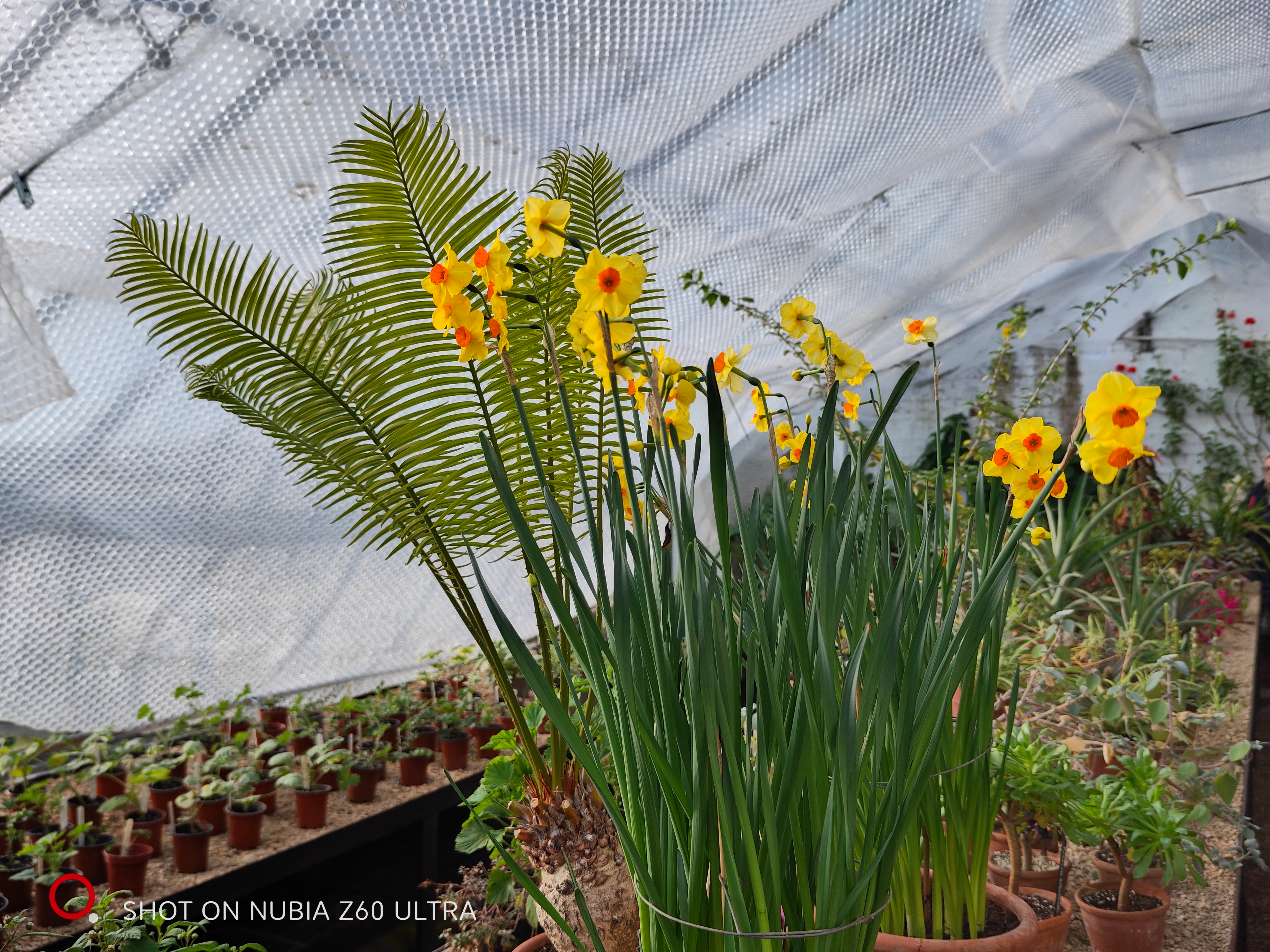

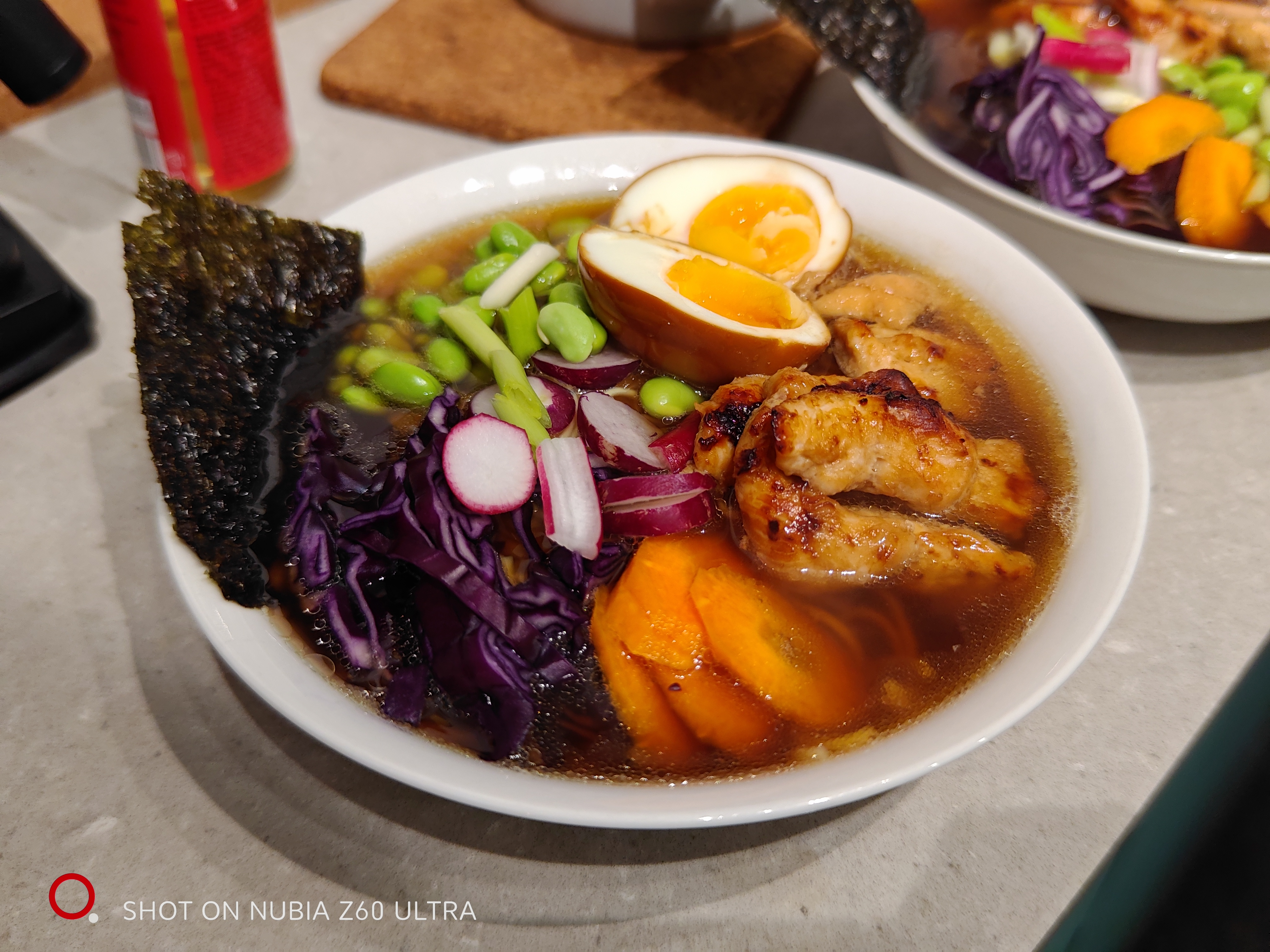
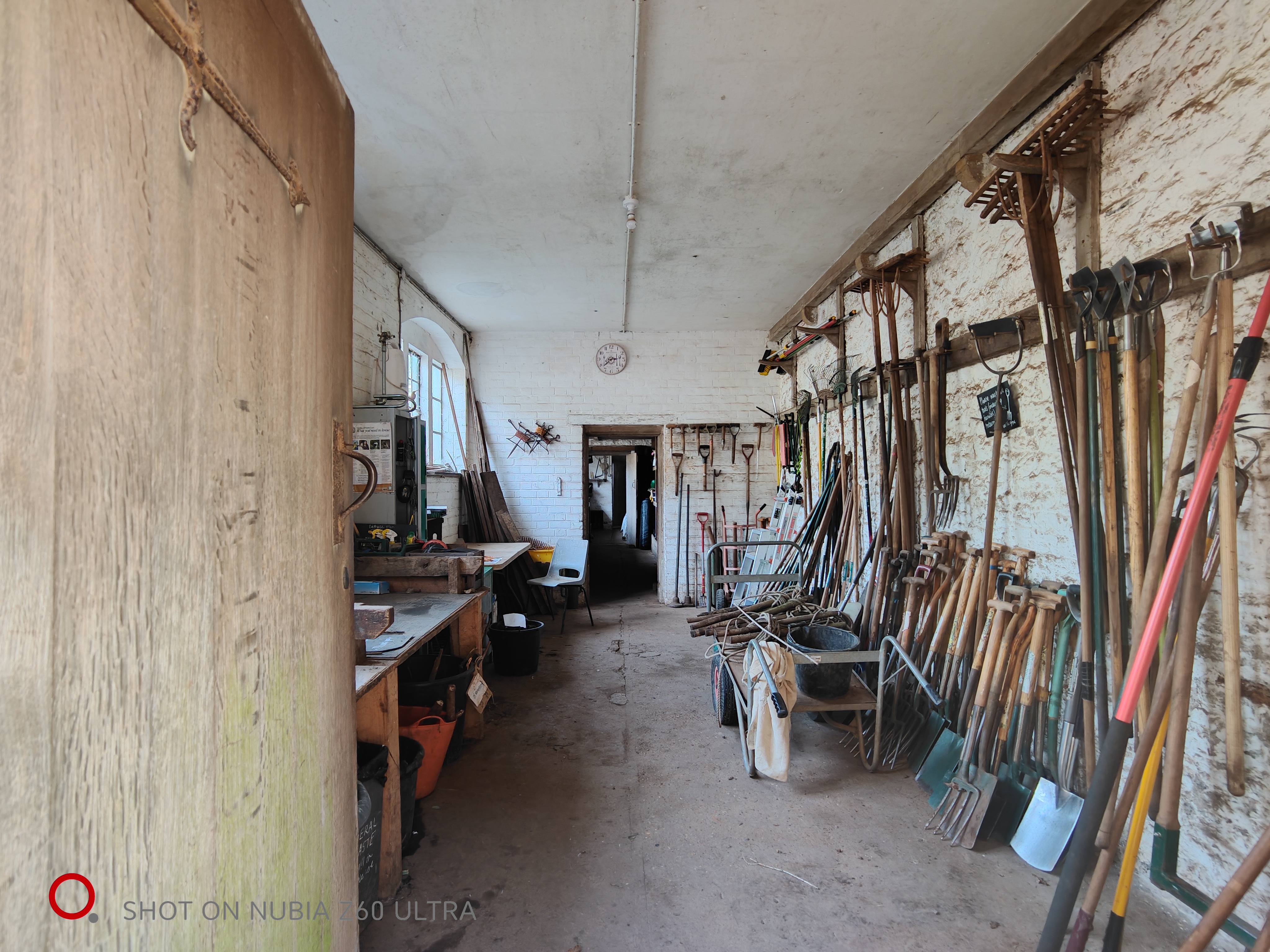
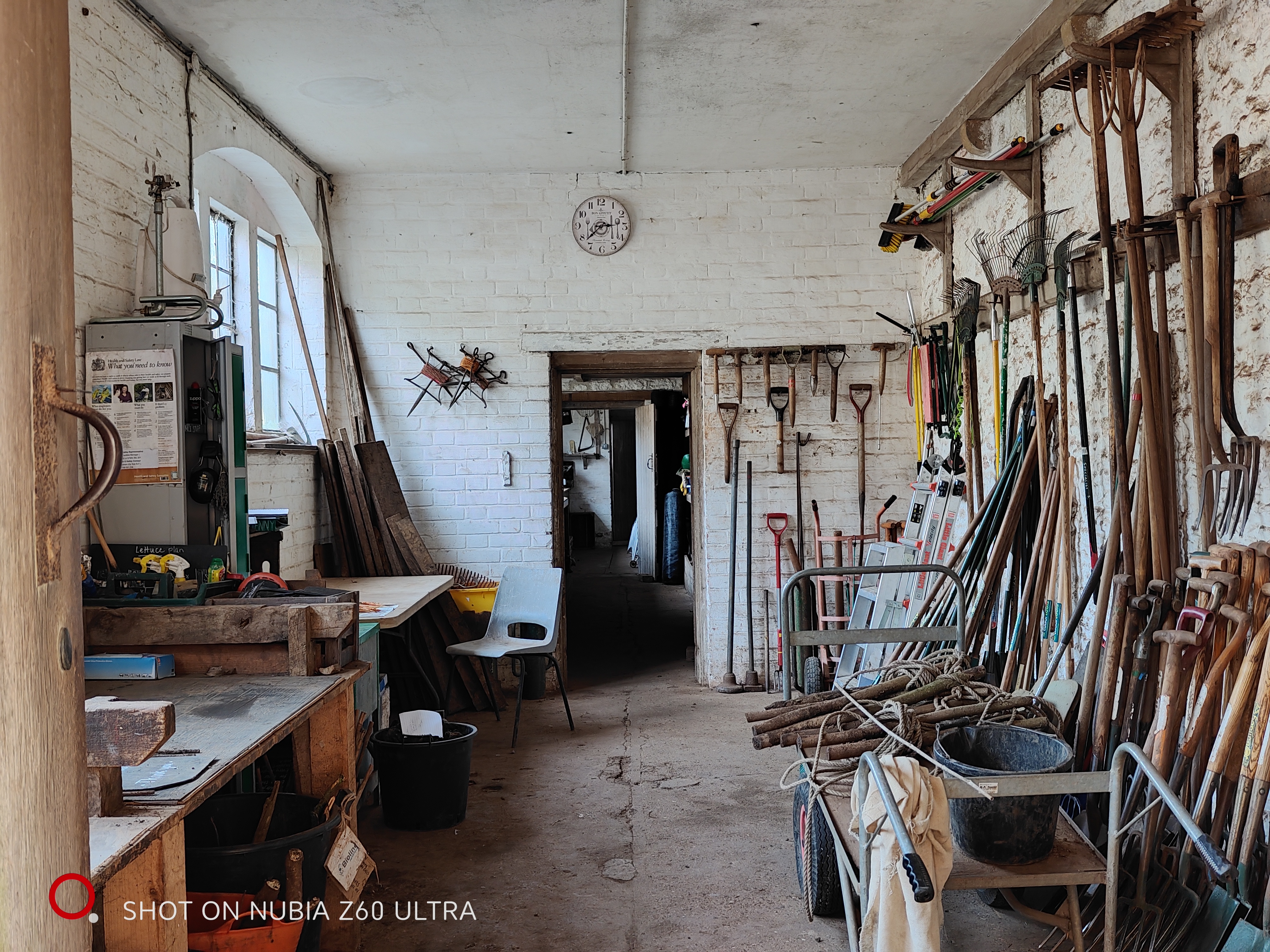
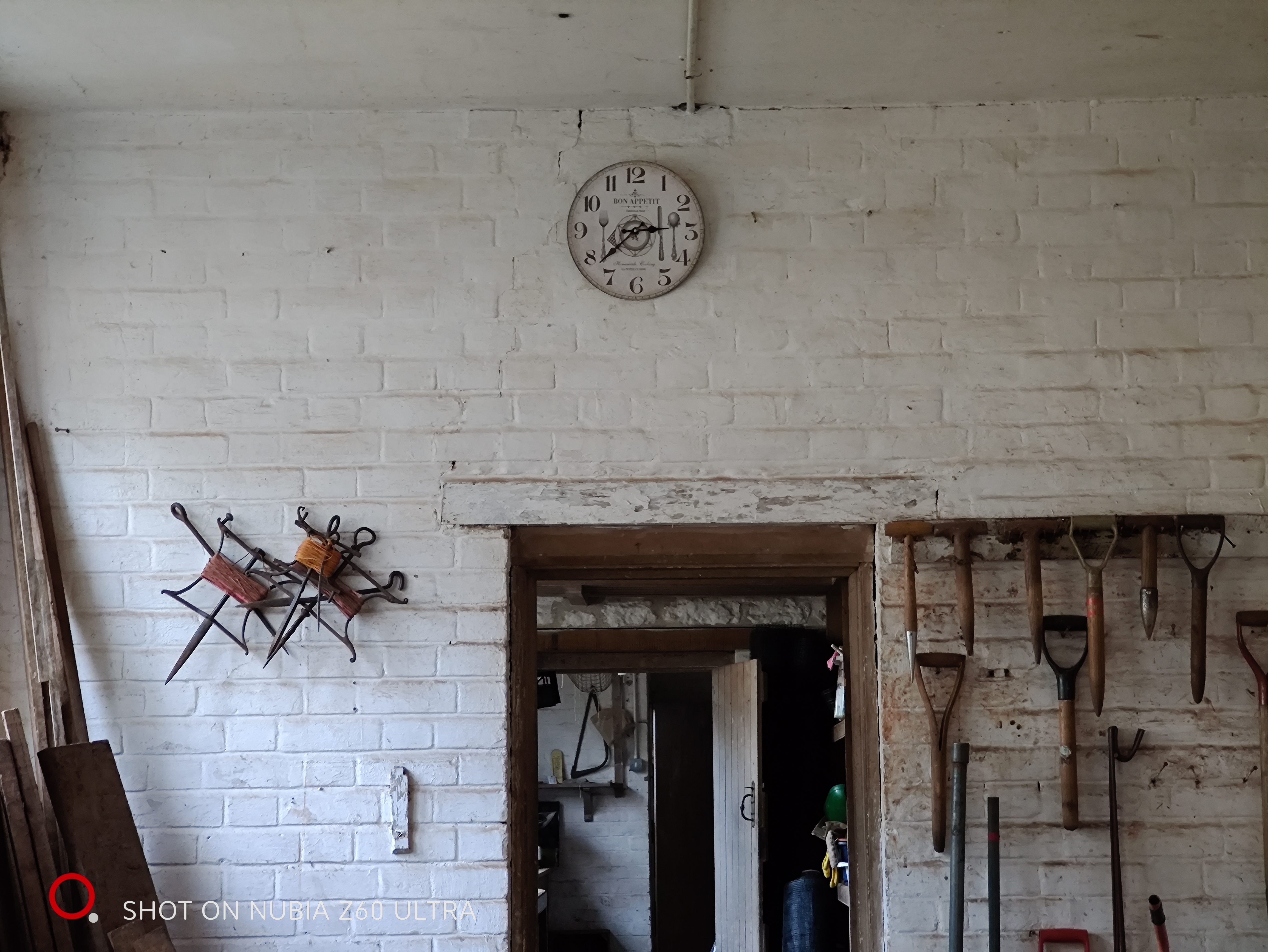

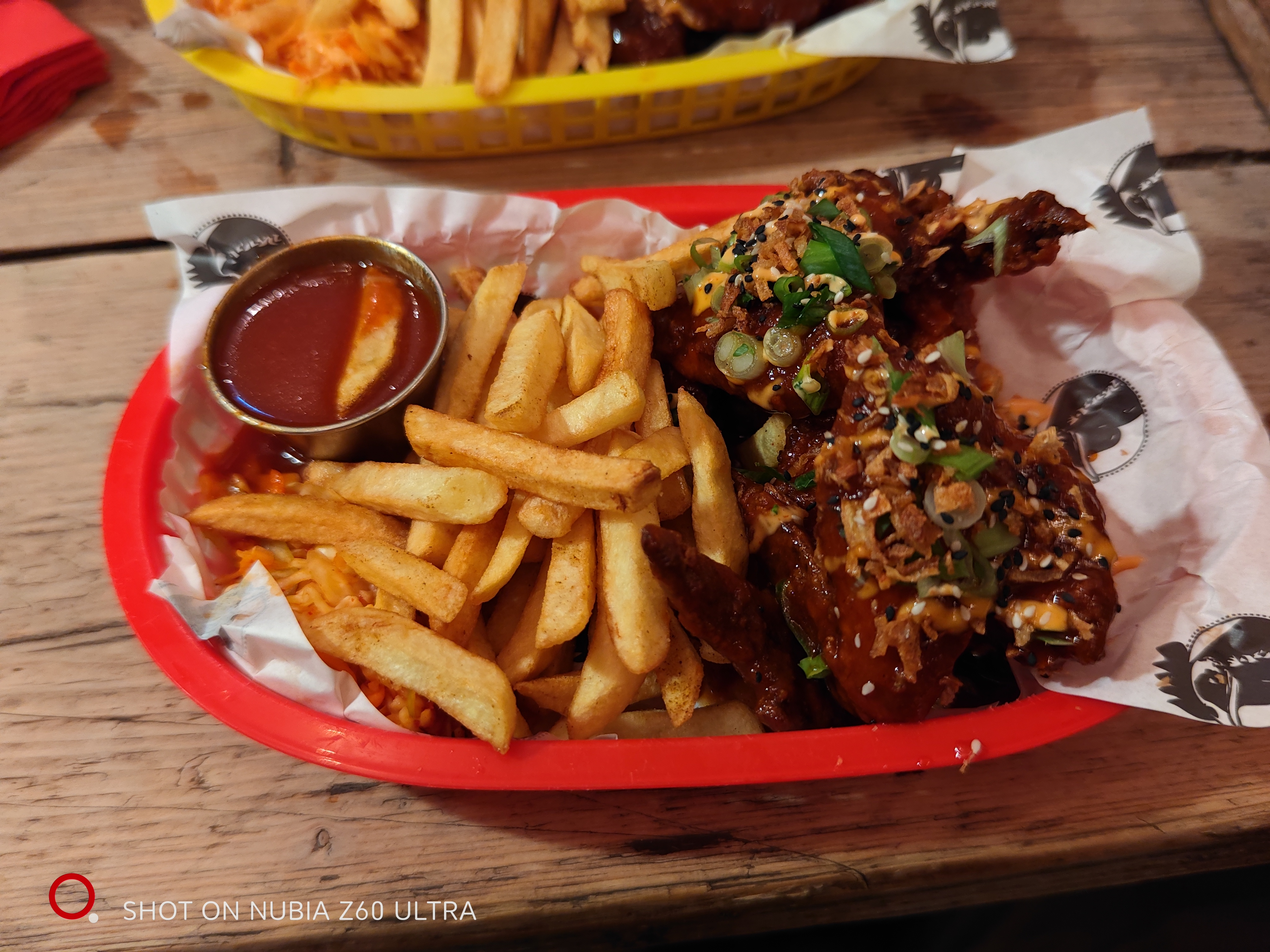
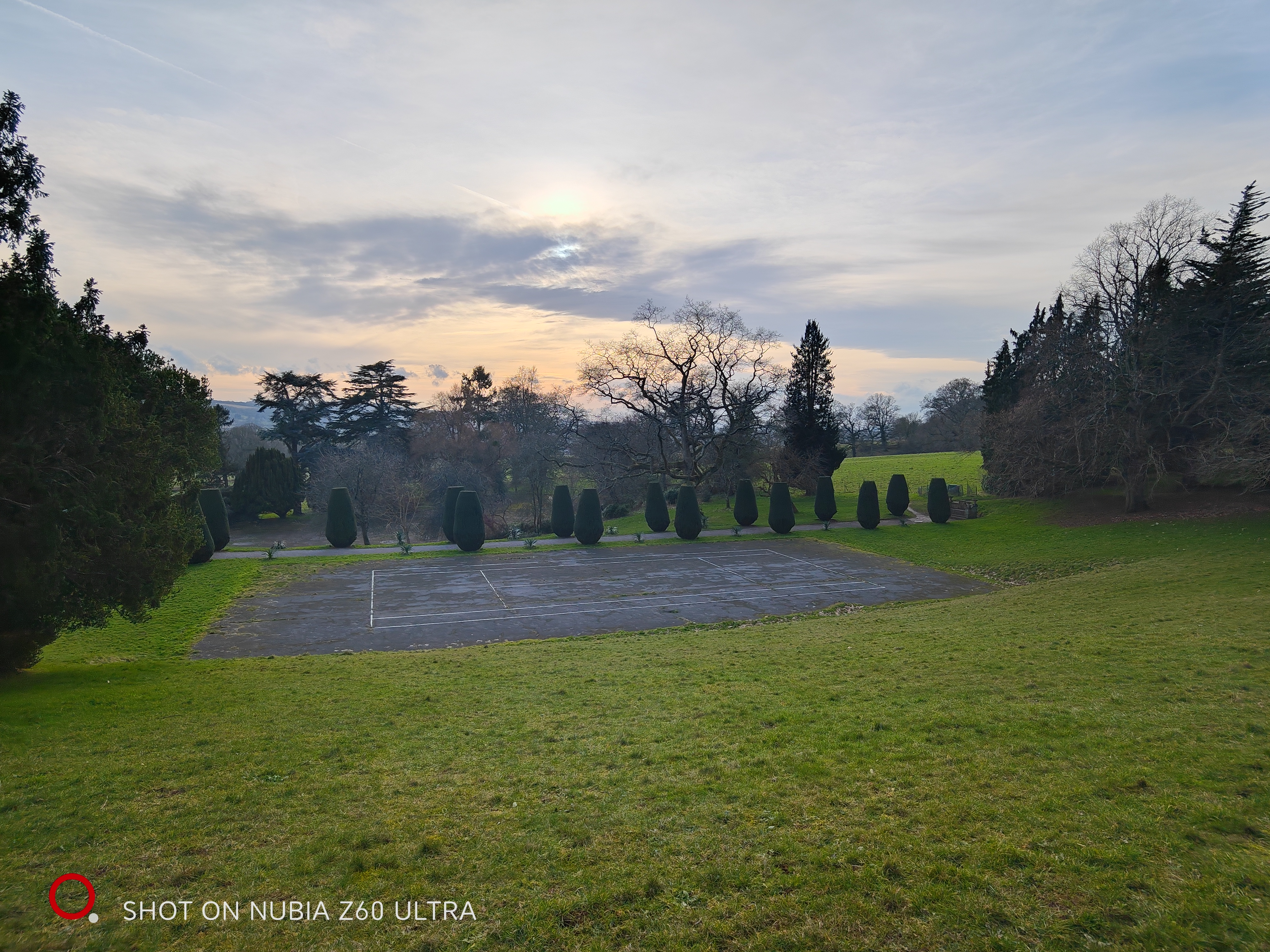
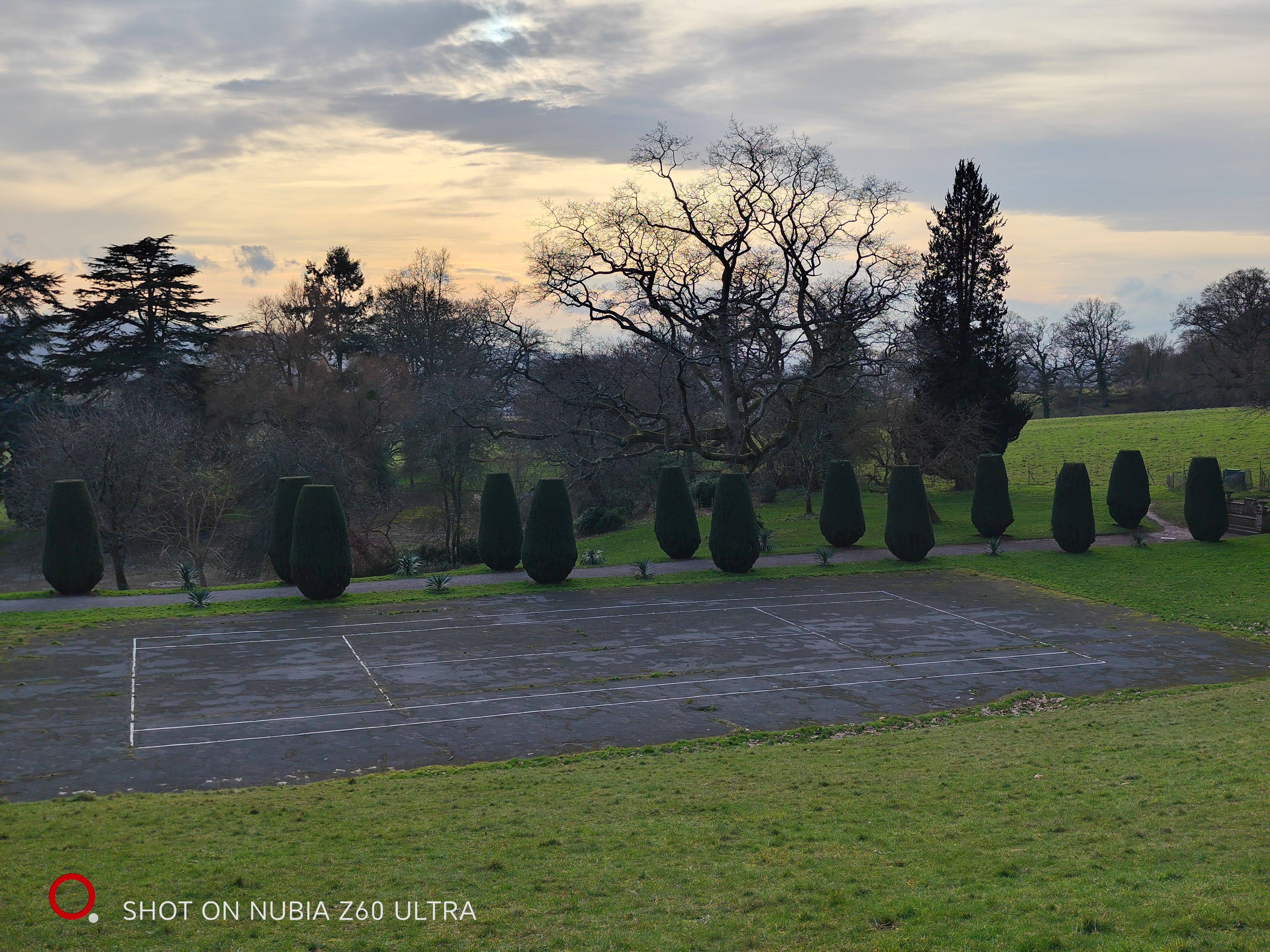
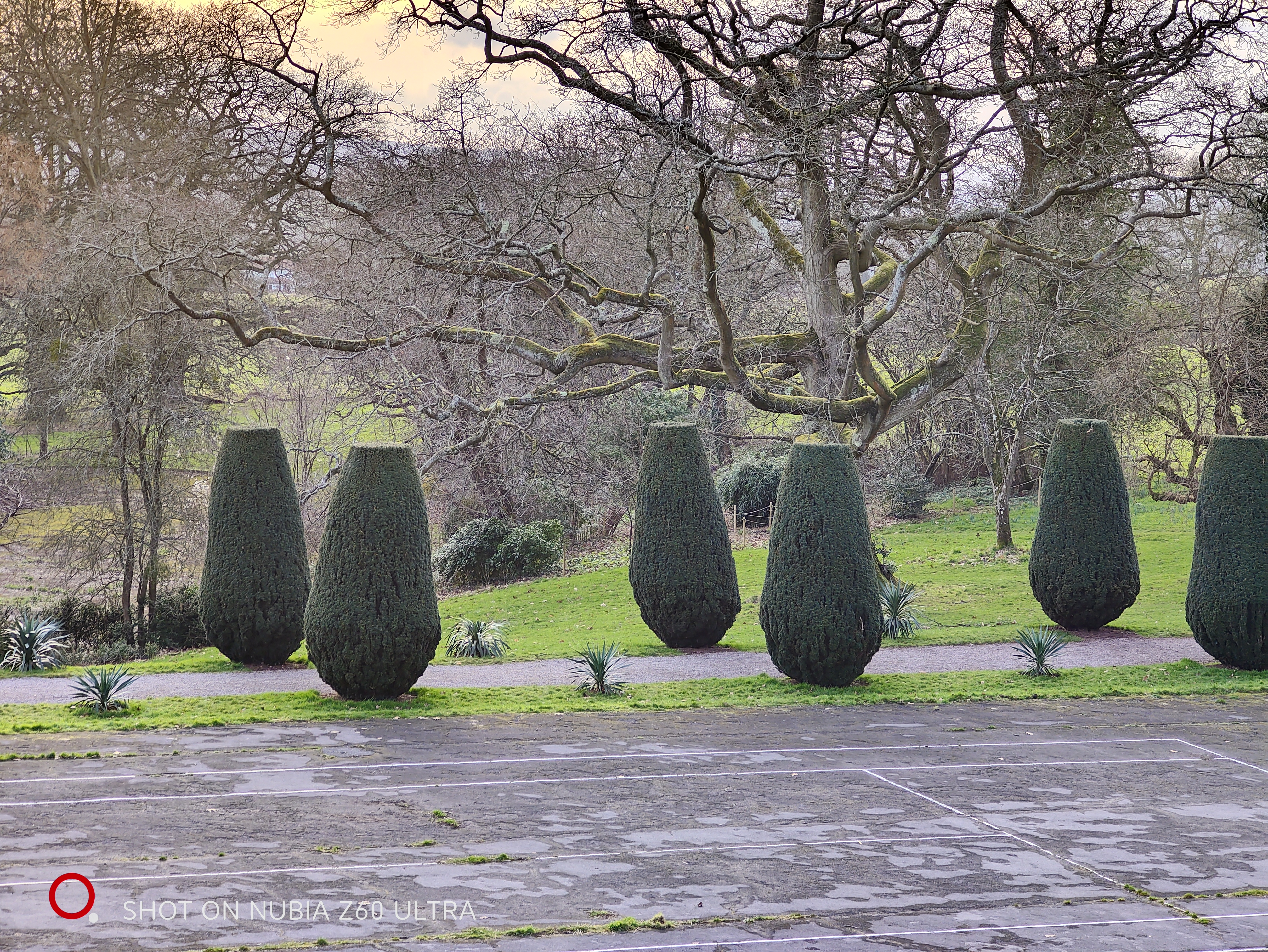
This main sensor provides a competitive shooting experience for the price, which only the Pixel 8 really shows up. Unlike the Pixel 8 – and pretty much any other phone around this price for that matter – the Z60 Ultra also adds a 64MP periscope telephoto into the mix. You’ll want to feed it with plenty of light, but when you do it largely maintains the tone of the main sensor, with a meaningful 3.3x OIS-assisted optical zoom, that works for portrait shots, as well as subject in the distance.
There’s also a 50MP ultra-wide, which marks a more notable divergence in color tone and a spot of overexposure compared to the other two. While it’s not flagship-standard, however, the results are reasonably sharp and certainly usable.
One thing that barely deserves the ‘usable’ tag is the Z60 Ultra’s 12MP selfie camera. As has been the case with every under-display camera to date, the images it produces are awful; with a level of softness and murk that makes every shot look like it's been passed through a third rate Instagram filter.
As you can see from the sample images, you’ll need to contend with an irritating watermark straight out of the box. This can be deactivated in the camera settings menu, but it really shouldn’t even be there.
- Camera score: 4 / 5
Nubia Z60 Ultra review: Performance
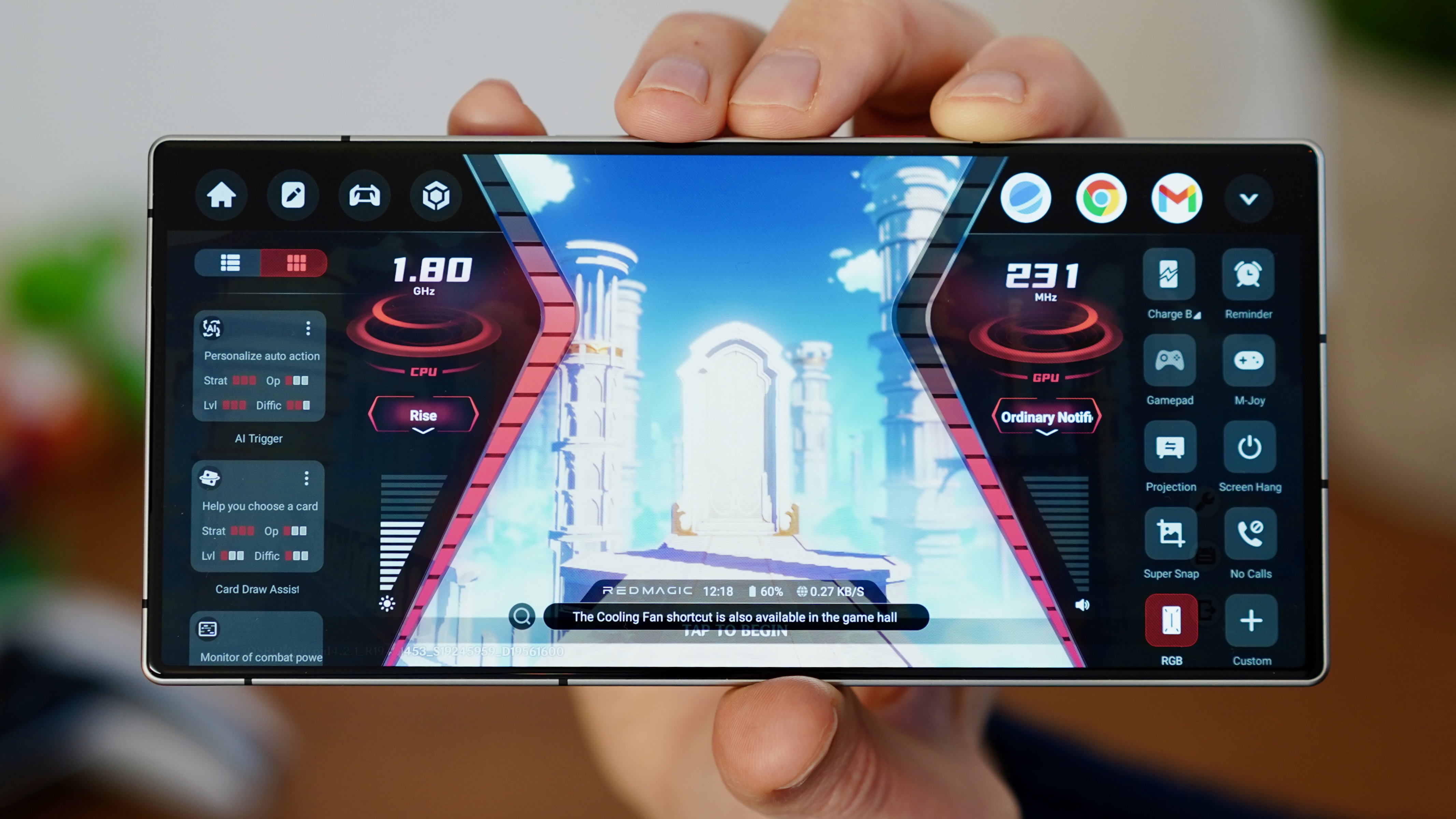
- Top of the line Snapdragon 8 Gen 3 chipset
- 8GB, 12GB or 16GB of RAM (varies by market)
- Strong sustained gaming performance
While some phones pitching for the price point compromise on power, the Nubia Z60 Ultra most certainly hasn’t. It pairs the latest and greatest Snapdragon 8 Gen 3 chip with (on the UK Nubia store at least) either 12 or 16GB of RAM.
This is a spec fit to compete with the Samsung Galaxy S24 Ultra – a phone that costs about double the money. The Geekbench 6 benchmark scores are certainly competitive with such a lofty performer.
GPU benchmarks are similarly up there near the top, reflecting the phone’s top-level gaming performance. The likes of Genshin Impact and Wreckfest will run at a super-smooth 60fps, with the graphics cranked up to the max, though that was also largely true of last year’s flagship phones.
Without the Red Magic 9 Pro’s physical fan onboard, the Z60 Ultra ran extremely hot when subjected to the 20-minute Solar Bay Stress Test. But then, that’s a benchmark custom made to make even the most capable of phones puff and pant.
More importantly, the Nubia Z60 Ultra aced said test, which runs 20 minute-long intensive GPU workouts, simulating the effects of sustained high-end gameplay. The way it tends to work is that a smartphone will offer speedy performance for the first few minutes, but will then throttle back when things heat up.
A score of 92.7% suggests a phone that has its cooling game in order, matching the mighty Asus ROG Phone 8 gaming phone for consistency. This means you’ll be able to game and run other intensive tasks for extended periods, without a discernible drop off in performance.
- Performance score: 4.5 / 5
Nubia Z60 Ultra review: Software
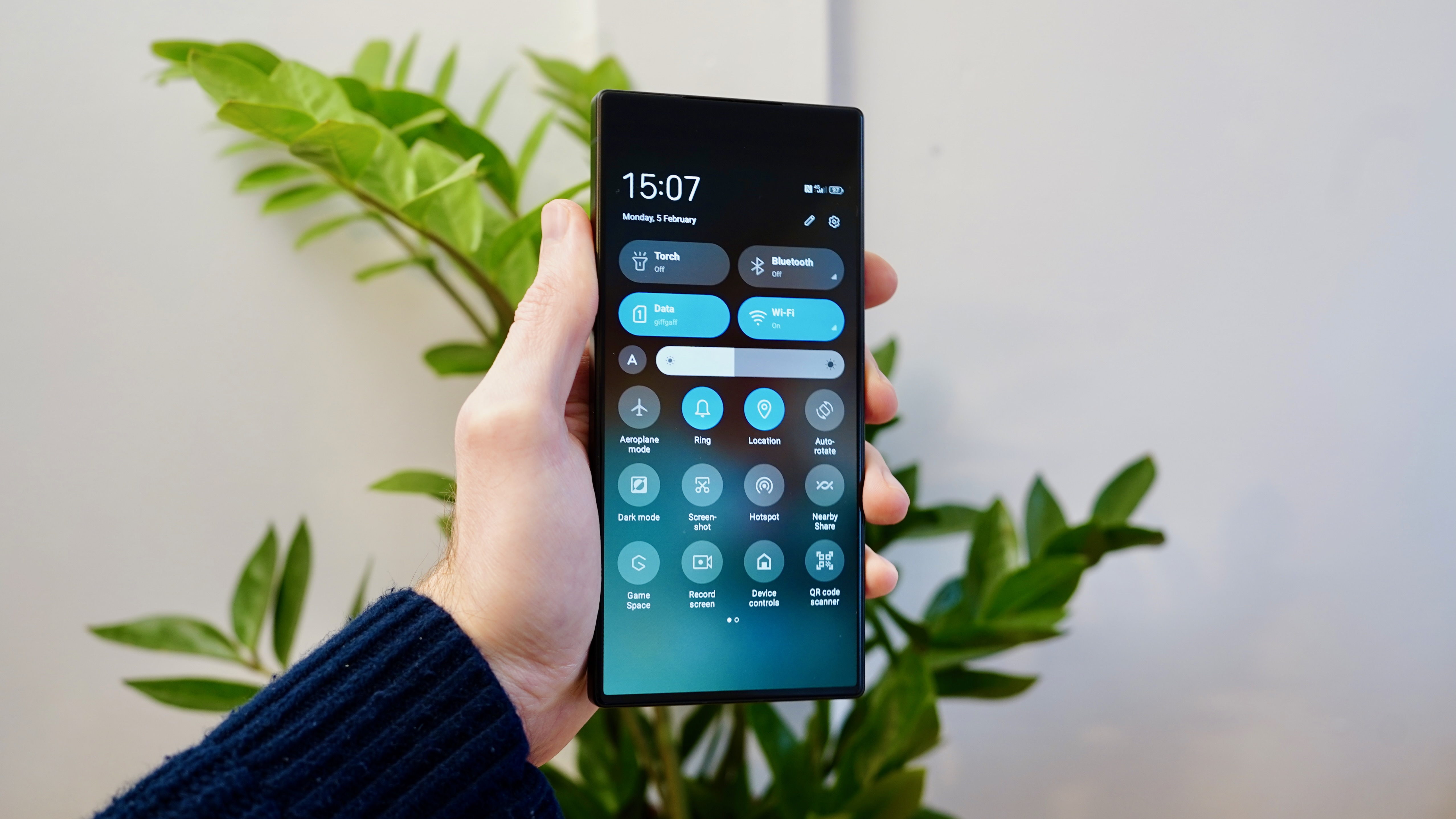
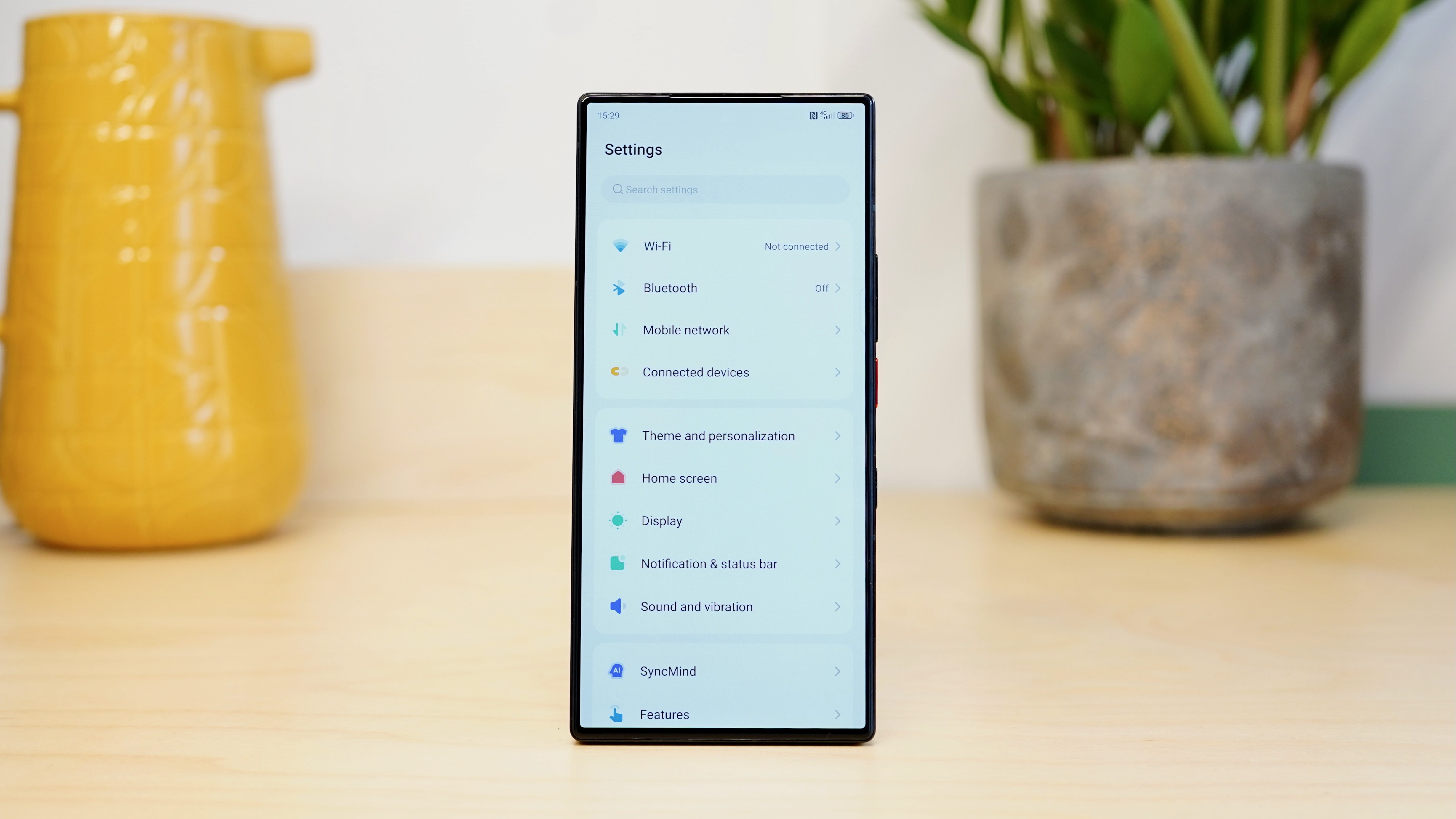
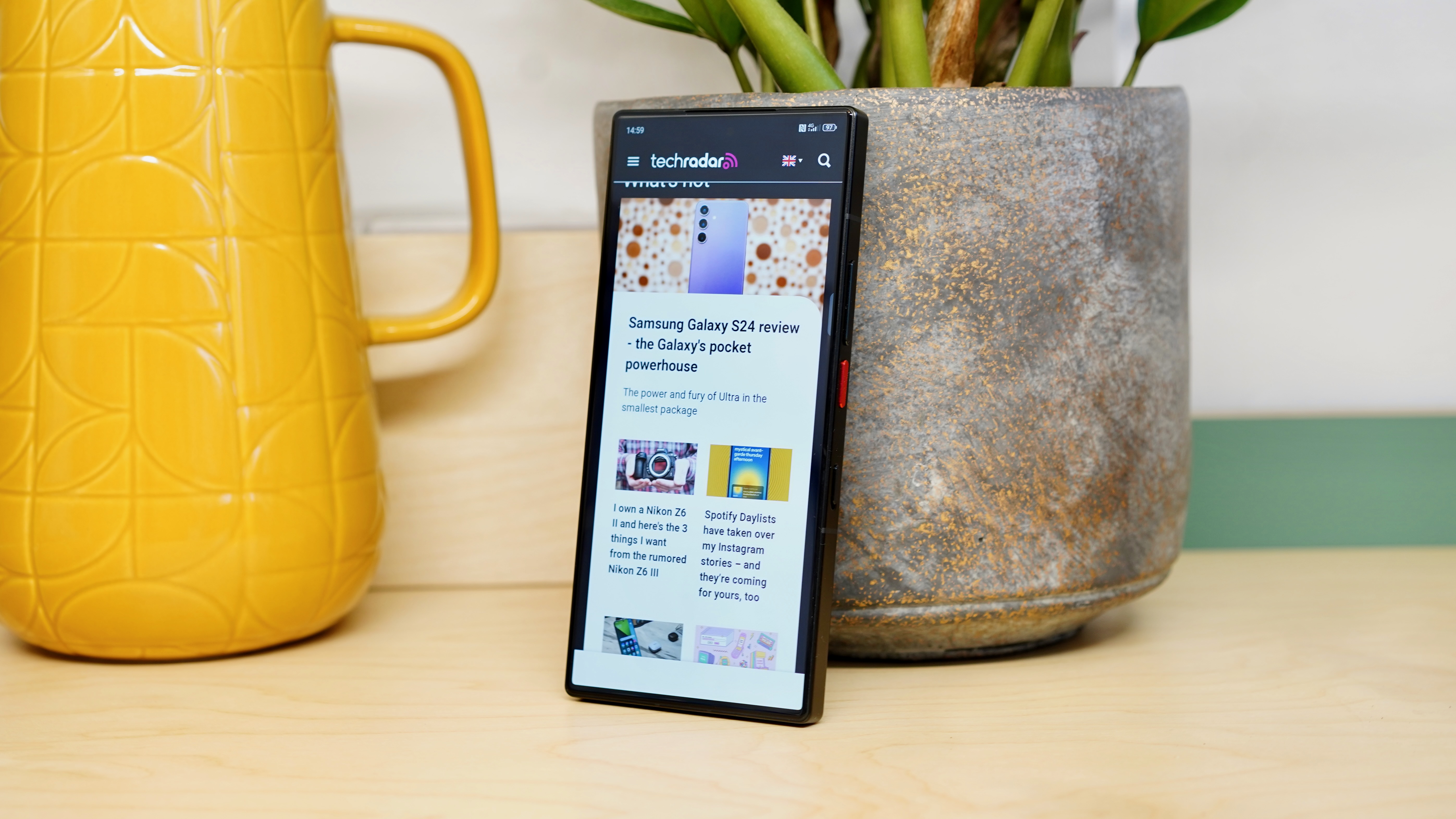
- MyOS 14 atop Android 14
- Not too much bloatware
- Up to three years of software updates
Nubia has packed its latest custom UI – MyOS 14, on top of Android 14. This custom UI is closer to Oppo’s ColorOS or Xiaomi’s HyperOS/MIUI than it is to more stock offerings, from the likes of Motorola, Sony, or OnePlus. It’s all there in the toggle-filled notification pane and in Settings menus that lack a cohesive visual style.
Unsurprisingly, it’s not at all dissimilar to Red Magic OS 9.0 on the Red Magic 9 Pro from the same manufacturer. You have the same basic home screen and menu layout, albeit with round icons and a little less bloatware.
There’s also the same ugly browser-meets-news-feed app that you’ll instantly want to swap with Chrome or your browser of choice, but at least there’s no Booking.com app this time around. As before, Nubia has preinstalled Google Keep, which will always gain props from me.
Despite this not being one of Nubia’s gaming phones, the Game Space UI is here to help you fine-tune your gaming experience. You can even have that physical slider activate it, as is the case with the Red Magic phones.
One other negative is that Nubia is only promising up to three years of software updates, which falls well short of the best.
- Software score: 3 / 5
Nubia Z60 Ultra review: Battery
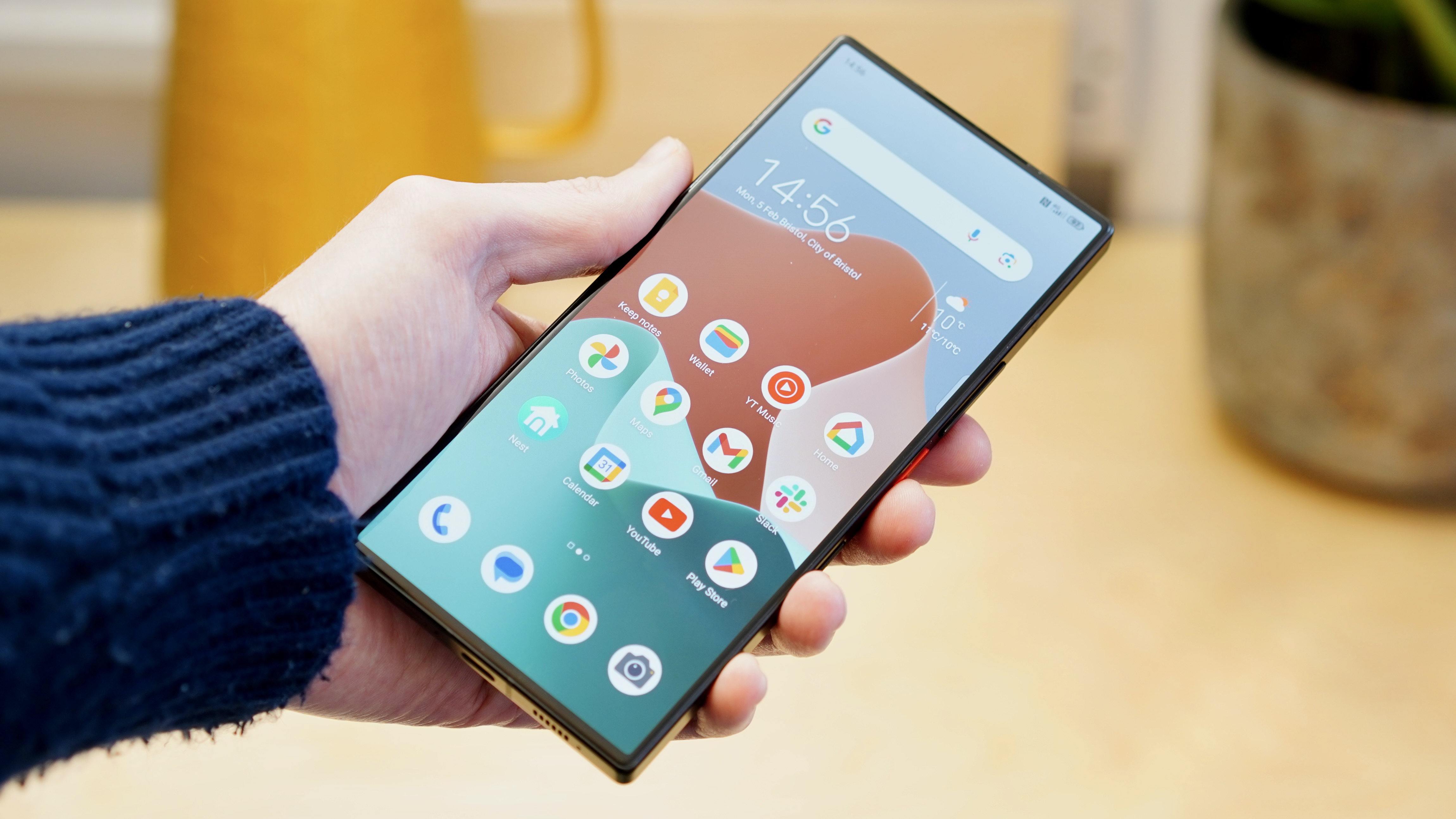
- Huge 6,000mAh battery
- Genuine two-day potential
- 80W wired charger in the box
- No wireless charging
While a notchless display and a periscope camera certainly stand out at this price, there’s one component that really dominates the Nubia Z60 Ultra package: it has an absolutely huge battery.
The phone’s 6,000mAh cell is another holdover from Nubia’s work in the gaming phone space. It’s actually a little smaller than the Red Magic 9 Pro’s 6,500mAh cell, but then that phone has to drive a physical cooling fan.
This is a very big battery any way you cut it, and is likely a leading contributor to the Z60 Ultra’s extreme weight. Thankfully, it partly balances this out with strong stamina.
I found that the phone could get through a full day of moderate usage (four hours of screen on time) with just over 60 percent left to play with. The mathematicians among you will hopefully have figured out that this makes the Z60 Ultra a phone with the scope to go two days in between charges.
For the power users and media-fiends out there, you’ll be able to go through a whole day of intensive usage without sweating over those final few percentage points. Alongside the OnePlus 12R, which manages to wring similarly epic stamina from a slightly smaller battery, this positions the Nubia Z60 Ultra right near the front of the pack.
Elsewhere you can count on rapid 80W wired charging. And yes, said charger is bundled into the box, unlike big-hitting rivals from Samsung, Apple, and Google. It’ll still take around 45 minutes to fill up a complete charge, in my experience, doubtless owing to the sheer size of that cell. But that’s still not bad going.
Sadly, Nubia has opted to omit wireless charging from the Z60 Ultra. This isn’t a totally unusual decision within the ‘almost-flagship’ space, as we saw with the OnePlus 12R, but it’s still a negative point that needs to be acknowledged.
- Battery score: 4.5 / 5
Should you buy the Nubia Z60 Ultra?
Buy it if...
You want a complete photographic bundle for less than your average flagship
There aren’t many phones at this price point that give you a solid 3.3x periscope telephoto camera.
You’re after an all-screen phone
The Nubia Z60 Ultra gives you small bezels and an under-display notch, meaning its front is all-screen.
You want two-day battery life
With an unusually large battery, the Z60 Ultra can last two full days of moderate usage.
Don't buy it if...
You like your phones light
This is one of the heaviest non-foldable phones on the market, making it a bit of a bind to carry around.
You prefer your Android stock
Nubia’s custom UI isn’t terrible, but it’s a fair way from Google’s stock ideal.
You take a lot of selfies
The Nubia Z60 Ultra’s 12MP front camera takes some of the worst selfies around.
Nubia Z60 Ultra review: Also consider

Nubia Red Magic 9 Pro
Nubia’s keenly-priced gaming phone is a close cousin of the Z60 Ultra, with a similarly shaped body, an even bigger battery, dedicated gaming controls, and improved performance thanks to a physical cooling fan. However, its camera is inferior, its design is even less appealing, and its software is even busier.
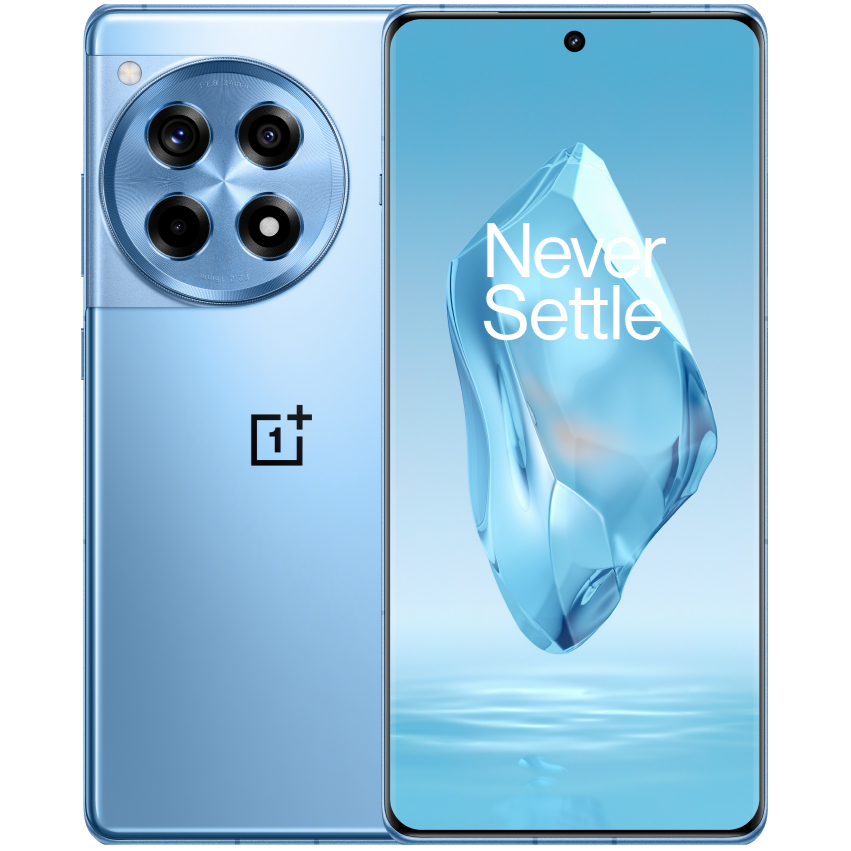
OnePlus 12R
The OnePlus 12R offers a broadly flagship-level experience for a similar price to the Nubia Z60 Ultra. Its design is much more appealing and it packs a superior display, though its performance is inferior and its camera less flexible.
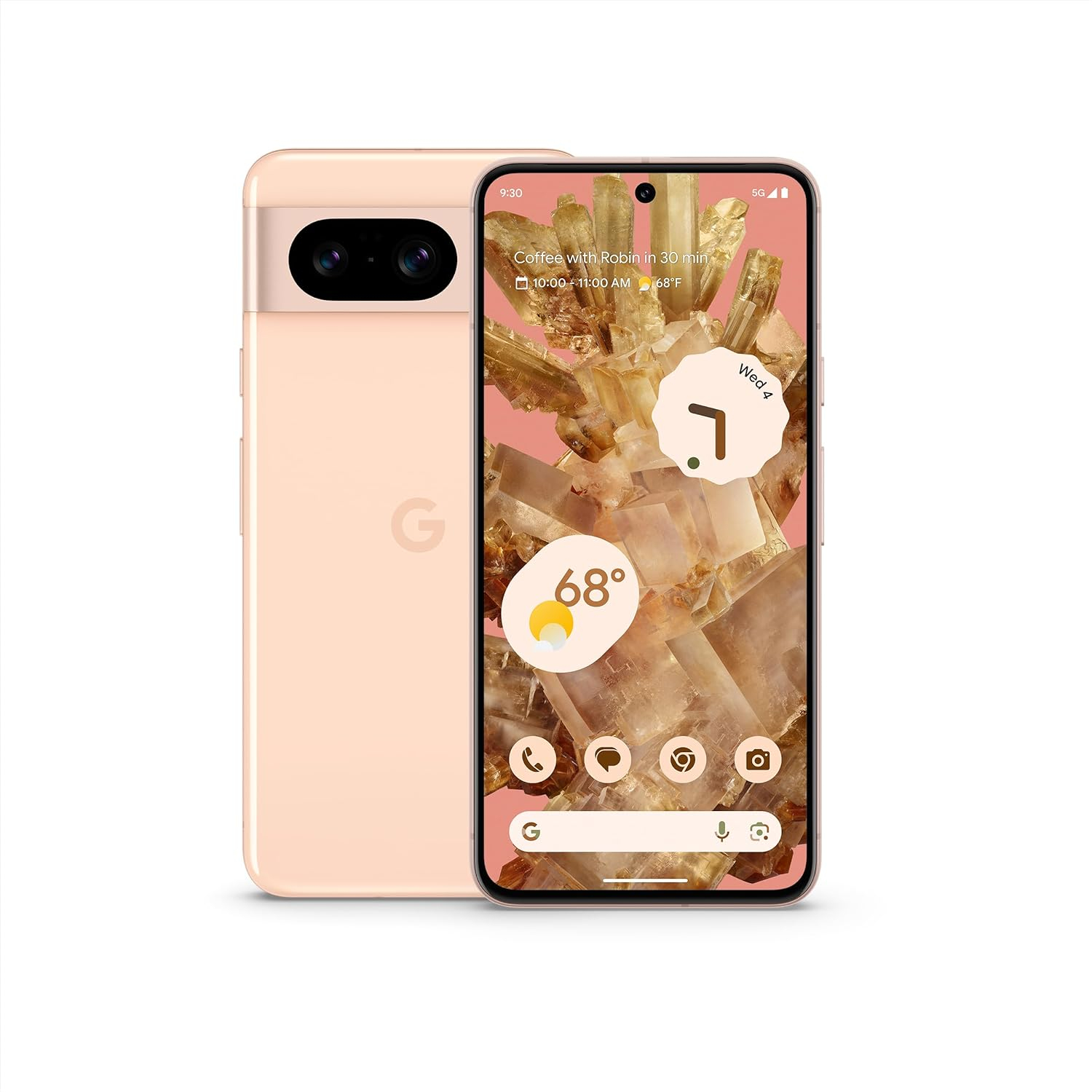
Google Pixel 8
The Pixel 8 is another almost-flagship selling for a similar price. It’s much smaller than the Z60 Ultra, however, and its performance isn’t as good. While it lacks a telephoto camera, its main camera is superior, and the Pixel 8 also gives you wireless charging and a much more refined design.
How I tested the Nubia Z60 Ultra
- Review test period = 2 weeks
- Testing included = Everyday usage, including web browsing, social media, photography, video calling, gaming, streaming video, music playback
- Tools used = Geekbench 6, GFXBench, 3DMark, native Android stats, bundled Nubia 80W power adapter
I was sent the top 16GB RAM / 512GB storage model of the Nubia Z60 Ultra by a PR representative, at which point I started using the phone on a daily basis over a two-week period.
For at least a week of that time, the Z60 Ultra was my everyday phone. For the rest of the time, I swapped in another active SIM and continued to use the phone for benchmark tests, photos, and general browsing.
I’m a freelance journalist who got his start writing about mobile games in the pre-smartphone era. I was around to cover the arrival of the iPhone and the App Store, as well as Android, and their seismic effect on the games industry. I now write about consumer tech, games, and culture for a number of top websites.
First reviewed February 2024
0 comments:
Post a Comment